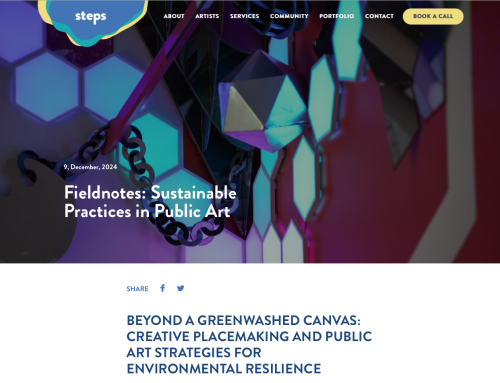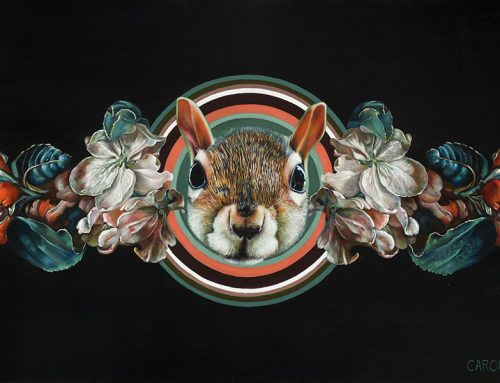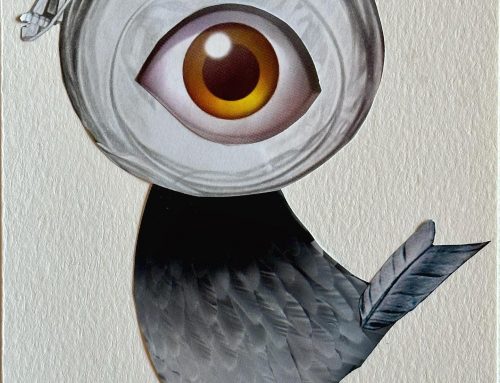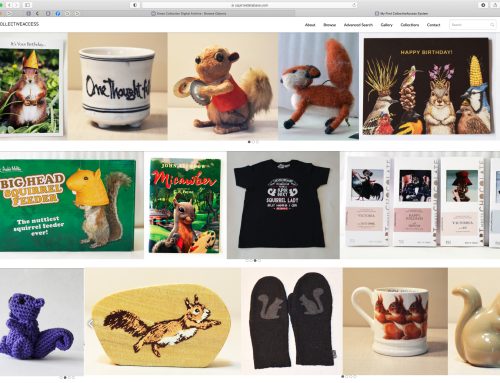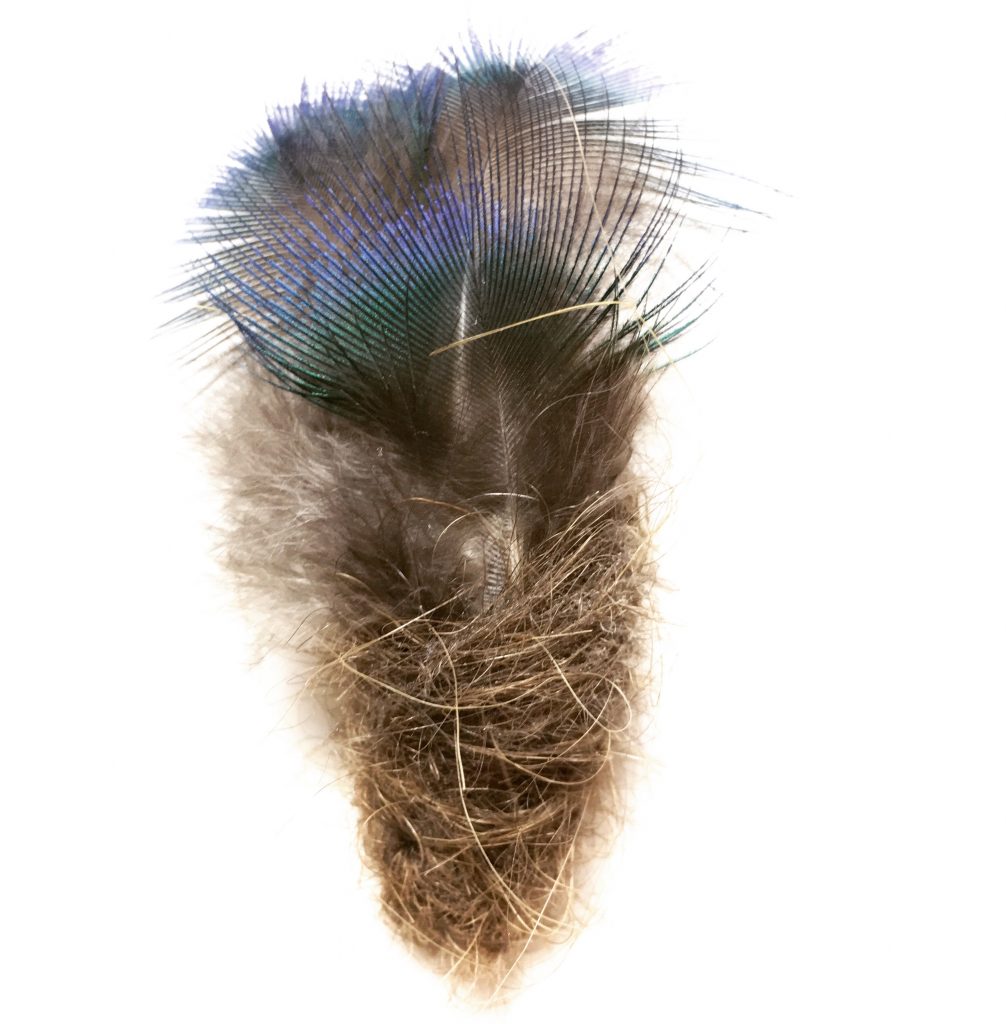
My research into the structures of power and division between humans and non-humans begins with an investigation into the colonial history of MEE-qan (Beacon Hill Park) in Victoria BC. The Indian (blue) peafowl, similar to the Eastern Grey Squirrel (who had been brought from the east coast of the United States to Victoria in 1966), had been brought to the park by colonial settlers from the Indian subcontinent in 1891.
These assemblages are made from human hair gifted to me, and peacock feathers foraged from the grounds of Meeacan (Beacon Hill Park), Victoria BC. Unlike most birds, peacocks do not derive their colours purely from pigments, but from a combination of pigments and photonic crystals. This combination causes the feathers to reflect different wavelengths of light depending upon the angle of the light and the spacing of the crystals.
While I was intertwining human hair with peacock feathers, I started to think about the globalization of animal bodies. Peacocks are the type of urban animals we take for granted in city centres that are often ignored. The Indian (blue) peafowl were brought from their native habitat in India to North American urban spaces and public city parks by white colonial settlers in the late 19th and early 20th century.
The first peacock in Beacon Hill Park was purchased in 1891.
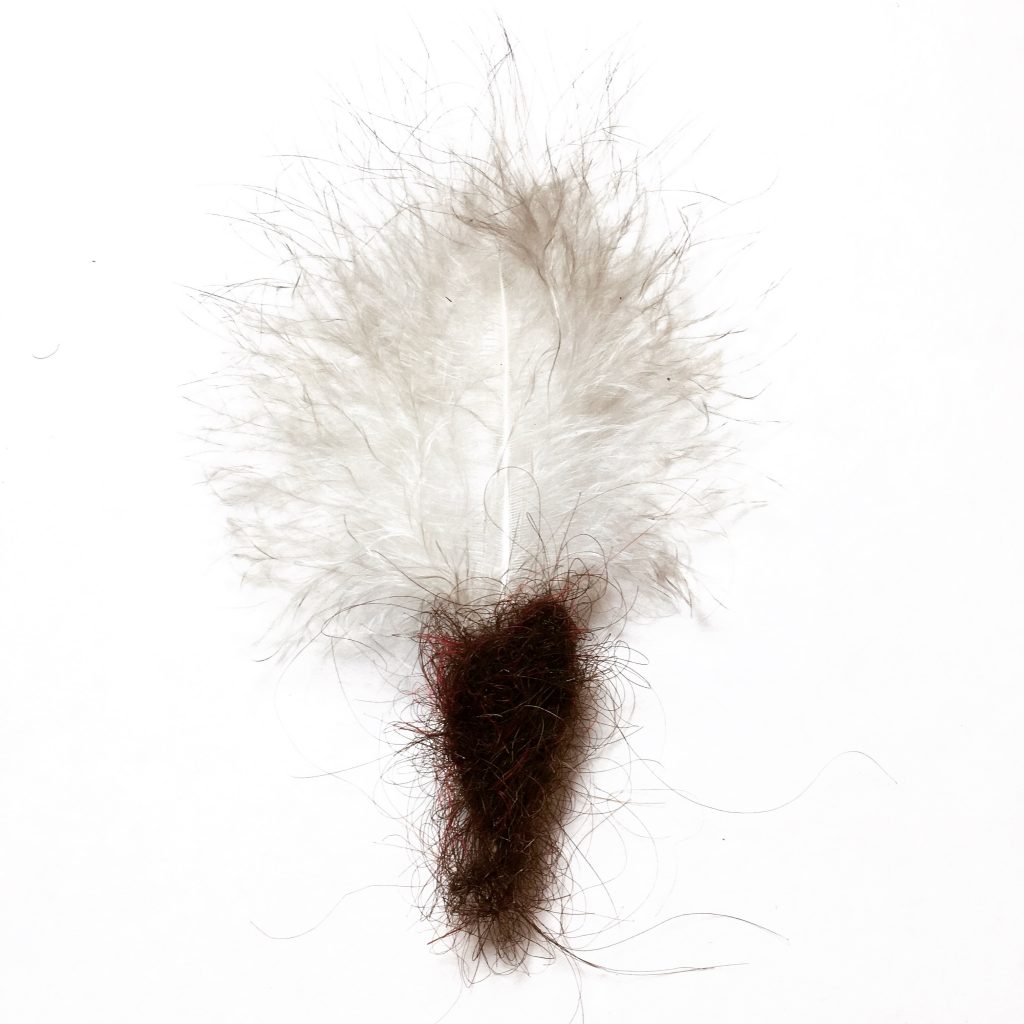
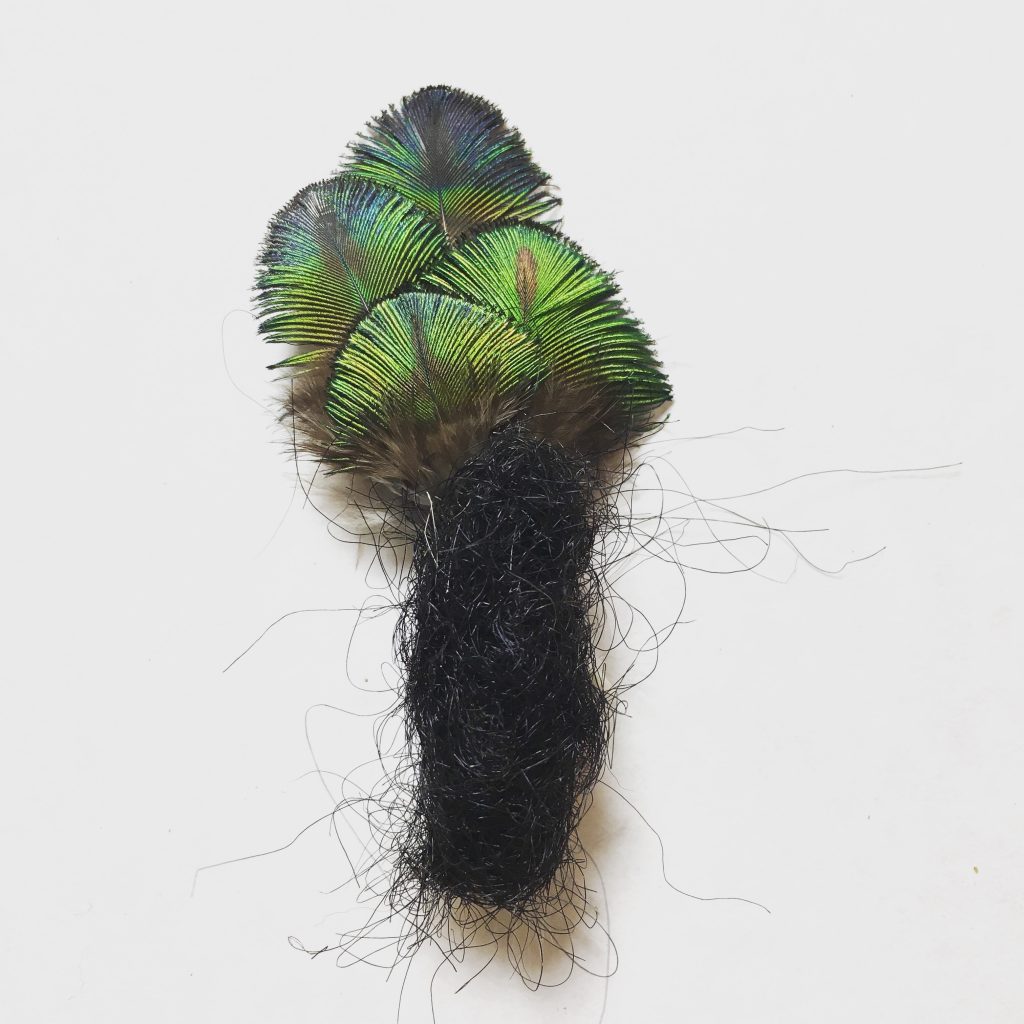
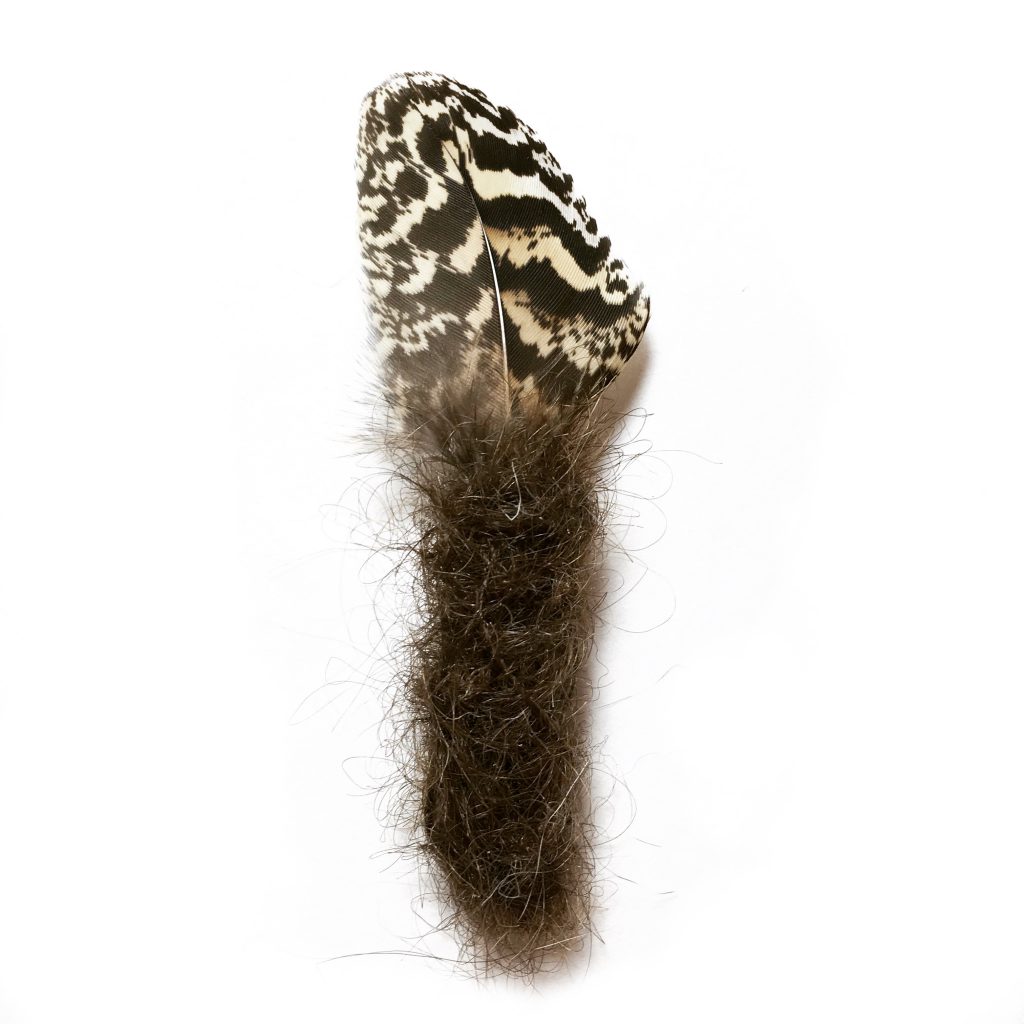
John Berger – Why look at Animals? 1977
“The capturing of the animals was a symbolic representation of the conquest of all distant and exotic lands. ‘Explorers’ proved their patriotism by sending home a tiger or an elephant. The gift of an exotic animal to the metropolitan zoo became a token in subservient diplomatic relations.” 66
Teddy Bear Patriarchy: Taxidermy in the Garden of Eden, New York City, 1908-36 :Donna Haraway
“The seperations that scientific modernity imprints on the world (seperations between species in the zoological garden, between sanity and madness in the clinic) cut right through the dense network of relations that the seperated entities mantained with one another, creating static breakpoints through the objectifiction and isolation of factual truths. The seperations thus create the silent space of an exchange put to death, deanimated.” 72
Seung-Hoon Jeong – A Global Cinematic Zone of Animal and Technology
“Undoubtedly, this anthropomorphic tendency works according to what Fredric Jameson calls hermeneutic ‘depth models’: dialectic, phsychoanalytic, existential or semiotic – the heirarchical dichotomy that there is a latent meaning, essence, signified below the appearance of manifest signifier. What matters is the invisible deeper level full of human-oriented meanings and not their animal image. Put differently, however, the absolute difference between human and animal is reduced to relative differences among human-looking animal groups. The ‘reading’ of animals as disguised humans is then at risk of being blind to animals themselves; our vision has a blind spot with regards to their animal being as just seen on screen.” 95
Of Humans, Animals and Monsters – Christopher Cox – 2005
“Animals are uncanny creatures. Like us, they eat, sleep, defaecate, copulate, build, perceive, desire, and maybe even think, talk, and have rights. We admire them, paint and photograph them, emblazon them on flags, shields, and currency, and we treat some of them like best friends and members of ourr families. From Aesop’s fables to Mickey Mouse and The Far Side, our stories are filled with humanized animals who reflect us back to ourselves. ‘There is something charming about an animal become human’, the philosopher Simon Critchley aptly notes: but, by the same token, ‘when the human becomes animal, the effect is disgusting.’
We are surely a kind of animal. Yet we are also repulsed by the thought that we might be merely animals, and have spent an enormous amount of time and intellectual energy convincing ourselves that we are something different. It is not much of an exaggeration to say that all Western morality has been an effort to curb, even to deny, our animal nature – what Plato called ‘the wild beast n us’. The same can be said of religious doctrine, philosophical speculation, political thought and biological classification: all have been enlisted in the effort to make the case that we are something more, better and higher than the animal kingdom.” 116
Animisim Volume 1
Much Trouble in the Transportation
of Souls, or The Sudden Disorganization of Boundaries – Anselm Franke
“For most people who are still familiar with the term “animism” and hear it in the context of an exhibition, the word may bring to mind images of fetishes, totems, representations of a spirit-populated na- ture, tribal art, pre-modern rituals, and savagery. These images have forever left their imprint on the term. The expectations they trigger, however, are not what this project concerns. Animism doesn’t exhibit or discuss artifacts of cultural practices considered animist. Instead, it uses the term and its baggage as an optical device, a mirror in which the particular way modernity conceptualizes, implements, and trans- gresses boundaries can come into view.” 11

